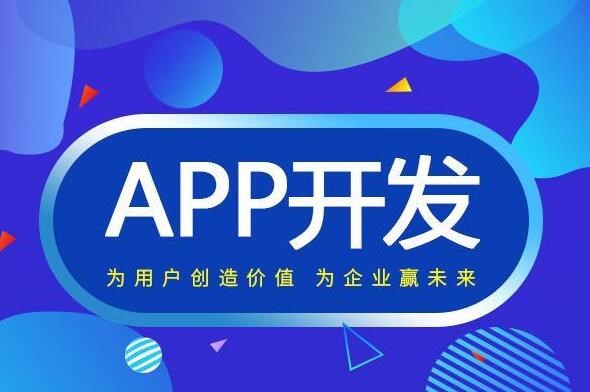中文化、本土化、云端化的在线跨平台软件开发工具,支持APP、电脑端、小程序、IOS免签等等
App Development: An Introduction
Introduction:
In the digital era, mobile applications, or apps, have become an integral part of our lives. Whether it's for social media, gaming, productivity, or entertainment, apps have revolutionized the way we interact with technology. This article aims to provide a detailed overview of app development, including its principles and a step-by-step guide.
1. What is an app?
An app, short for application, is a software program designed to run on mobile devices such as smartphones and tablets. It serves a specific purpose, providing users with various functionalities and features. Apps can be downloaded and installed from app stores or other distribution platforms.
2. Types of apps:
There are different types of apps, each serving a specific purpose:
a) Native apps: These apps are developed for a specific operating system, such as iOS or Android, using platform-specific programming languages like Objective-C/Swift for iOS and Java/Kotlin for Android. Native apps offer excellent performance and access to device-specific features.
b) Web apps: These apps are accessed through web browsers and do not require installation. They are built using web technologies like HTML, CSS, and JavaScript. Web apps are platform-independent but have limited access to device features.
c) Hybrid apps: These apps combine elements of both native and web apps. They are built using web technologies but are wrapped in a native container, allowing access to device features. Hybrid apps are cross-platform and can be deployed on multiple operating systems.
3. App development process:
Developing an app involves several stages, including:
a) Idea generation: Identify a problem or a need that your app can solve or fulfill. Brainstorm ideas and conduct market research to validate your concept.
b) Design: Create wireframes and prototypes to visualize the app's interface and user experience. Consider factors like navigation, layout, and branding.
c) Development: Write code to implement the app's functionalities. This involves programming languages, frameworks, and libraries specific to the chosen platform.
d) Testing: Perform various tests to ensure the app functions as intended. This includes functional testing, usability testing, and compatibility testing on different devices.
e) Deployment: Prepare the app for distribution. This involves creating developer accounts, generating app store assets, and submitting the app to the respective app stores.
f) Maintenance: After the app is launched, it requires regular updates and bug fixes to enhance its performance and address user feedback.
4. Tools and technologies:
Various tools and technologies are available to aid in app development:
a) Integrated Development Environments (IDEs): IDEs like Xcode (for iOS) and Android Studio (for Android) provide a comprehensive development environment with code editors, debuggers, and simulators/emulators.
b) Programming languages: For native app development, Objective-C/Swift (iOS) and Java/Kotlin (Android) are commonly used. Web apps use HTML, CSS, and JavaScript, while hybrid apps often utilize frameworks like React Native or Flutter.
c) Version control systems: Tools like Git enable collaborative development, allowing multiple developers to work on the same codebase simultaneously.
d) Testing frameworks: XCTest (iOS) and Espresso (Android) are popular testing frameworks for native apps. Web apps can be tested using tools like Selenium or Cypress.
5. Resources and learning:
If you're interested in app development, there are numerous resources available to help you get started:
a) Online tutorials and courses: Platforms like Udemy, Coursera, and YouTube offer a wide range of app development courses, catering to different skill levels.
b) Documentation and official guides: The official documentation for iOS and Android provides detailed information about app development, including API references and best practices.
c) Developer communities: Join online forums, discussion boards, or social media groups dedicated to app development. Engaging with fellow developers can help you learn from their experiences and gain insights.
Conclusion:
App development is a dynamic and exciting field that continues to evolve. With the right resources and knowledge, anyone can learn to develop their own apps. This article has provided an introduction to app development, covering its principles, types of apps, development process, tools, and learning resources. So, if you have an app idea, don't hesitate to dive into the world of app development!





